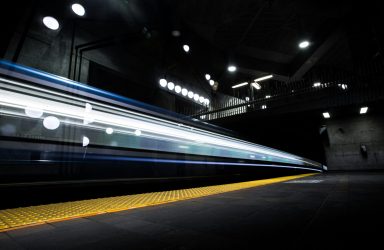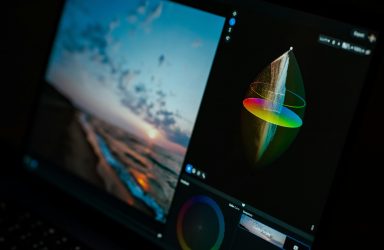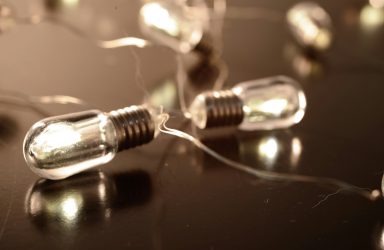This is the first episode of our FAQ series so please subscribe to our YouTube Channel to keep up to date.
[download_after_email id=11731]
Transcript:
Let’s start with the first question “what is a good conversion rate on PPC?”
The conversion rate is the percentage of clicks from PPC that lead to a success metric (a conversion). Therefore that can range anywhere from zero up to a hundred percent but it’s going to vary based on a number of different factors.
Industry
Depending on what industry you’re actually in the conversion rates may vary.
If the market is very price sensitive, so for example your users will click through to many different sites and really delve into the detail to try and find the best price, then you would tend to see that your conversion rates are likely to be lower. Be aware of where you sit within your industry and the type of market you’re in when considering your own conversion rates.
Landing Pages
The important thing to bear in mind here is that sometimes you’re building landing pages to educate a user when they visit the site rather than just convert them straight away. Some pages are all about driving a conversion and getting someone to fill out a form as soon as they arrive. Both these scenarios would likely have different conversion rates.
Keywords
Keywords will trigger different behaviour, something like a brand keyword, whether it be your own brand or a product that you’re selling, is likely to have a much higher conversion rate than perhaps a very generic term.
Here’s a question for you – What do you think has a higher conversion rate? A download of a whitepaper or arranging a callback?
This is a good test to do when you’re looking at your own data. Put your two conversions alongside each other and actually figure out which should be driving the higher conversion rate.
We ran a study across 12 months worth of data for a number of clients tracking these particular actions and we found that downloading a whitepaper had a considerably higher conversion rate. The reason for that is because there’s little commitment. The user may have to put in an email address and click a button but other than that they’re not really giving too much information away. Whereas when you’re arranging a call back you’re committing yourself that you’re going to be available for that call.
What a lead generation conversion curve might look like.
Up the vertical axis we’ve got conversion rate from 0% to 40% and along the baseline here we’ve got the required customer commitment, so how much commitment does a customer need to be giving.
A download of a whitepaper or for an e-book will convert at a much higher rate however there’s little commitment from the user. Booking a test drive for a car however, the conversion rate is much lower. The reason, if you’re booking a test drive you need to know what car you’re interested in, when you’re going to do the test drive, what time and what location. There’s a lot of different factors that you need to have decided before you even get to this point and hence the conversion rate will tend to be lower.
Let’s look at what an e-commerce trend may look like.
This is an interesting one because the data that we’ve analysed for this actually shows a slightly different curve that you may expect.
The vertical axis is from 0% to 5% and along the bottom we’ve got the value of the product.
Something like bath towels, mugs or socks have a low cost to the user but there’s lots of them about in lots of different colours and patterns. You could be in a supermarket and find something that catches your eye and it’s convenient to put it in your basket. Based on this we found that the conversion rates were actually quite low for these particular products.
The highest conversion rates were for things like dresses, trainers, and apparel. The likely reason for that is they are a regular purchase and people tend to have a brand that they go to that they’re familiar with and that they’re happy with. They’re also not too expensive so people are happy to part with their cash for those particular products. Conversion rates therefore seem to be quite high and as these then become more personalised, things like watches or jewellery, the value increases and the conversion rate tends to decline.
Finally for the big tickets such as a luxury holiday where you’ve got to figure out where, when and how many of you are going and what hotel you’re going to stay at, there’s lots of different factors and the cost is normally quite high. It’s normally one of the larger purchases that an individual will make so therefore the conversion rate from an actual click through to a purchase will be quite low.
For more details, one of our following videos is going to review “how to improve conversion rates”. So subscribe and follow our content online.







